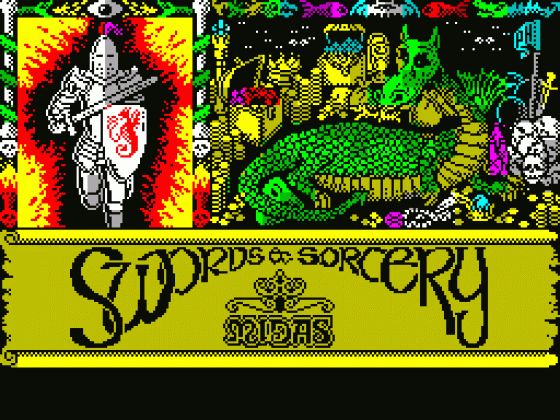Other Reviews Of Swords And Sorcery For The Spectrum 48K
Swords & Sorcery (PSS)
A review by Rachael Smith (Your Sinclair)
Swords And Sorcery (PSS)
A review
Swords And Sorcery (PSS)
A review by Richard Price (Sinclair User)
Swords And Sorcery (PSS)
Swords And Sorcery is a role-playing, adventure game packed with magic, monsters and treasure. Gordon Hamlett falls under its spell
The Spectrum Collection: Update
One year on from the Spectrum Collection, Tony Hetherington picks the best Spectrum games
Swords And Sorcery (PSS)
A review


 1st January 1986
1st January 1986








